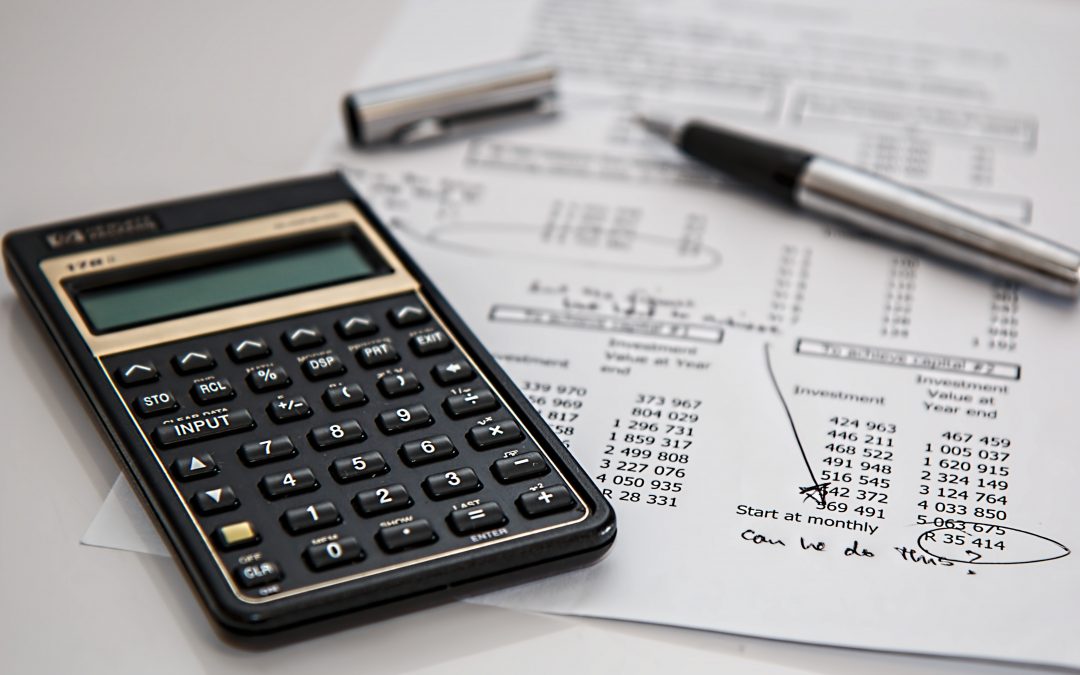For financial literacy month, we’ve compiled 13 tips tied to various aspects of the mortgage application and lending process to go alongside the stories from our last blog — because getting the best deal has nothing to do with luck!
1. Different debts
You might have heard the myth that you have to have zero debt in order to buy a home. The truth is, that it’s the payment on your debt, not the amount. In the mortgage world, it’s all bad debt. Anything that has a payment associated with it works against you from the lender’s perspective.
Specifically, unsecured debt (line of credit, credit card, revolving debt) is actually calculated at a payment of 3% of the balance and not your minimum monthly payment. If you have a $10K line of credit at 8% interest, you have a minimum payment of $66.67/month (interest only). However, the lender calculates your payment at $300/month (3% of $10K). That’s an example of a significant debt payment that will absolutely affect your buying power.
2. Cars kill deals
This type of loan is a large amount of money spread over a short period of time and, in some cases, with high-interest rates. Once again, the balance is not the issue, it’s the payment. If you have a $30K car loan at 5% interest over 60 months, that’s $566.14/month. Unlike the line of credit, this payment is fixed. No matter how much extra you pay, you still have to make the same payment until the loan is paid off in full.
3. Student loans
Student loans could be considered good debt but don’t be fooled by the current state of low payments. Lenders will use the payment that shows on the credit bureau and, even if you are not currently in re-payment, they will still calculate it at 1.5% of the balance. You might not have to pay anything on your student loan but, from the lender’s perspective, you do.
4. Where to put your money
Pro Tip: Instead of putting more money down on your home, use the extra resources (additional money for a down payment, savings, and/or gifted funds) to pay down your debt. Putting your money in the right place will make your file much more appealing to a lender.
For example, $10K paid against your line of credit opens up $300/month in additional ability to purchase (and have a higher mortgage payment). An increased down payment of the same $10K only changes your mortgage payment by approximately $44/month (2.5% at 25-year amortization). You’re allowed to have debt and buy a home. Just understand the full impact of that debt on your purchasing power.
5. Bankruptcy vs. consumer proposals
We are not bankruptcy trustees, so please consult a professional in that space. However, it is potentially quicker/easier to get someone a mortgage post-bankruptcy than with a consumer proposal. We’re not advocating for either but strictly speaking from a mortgage stand-point bankruptcy could be a better option to get you a home quicker.
A consumer proposal is a formal, legally binding process that is administered by a Licensed Insolvency Trustee (LIT). In this process, the LIT will work with you to develop a “proposal” — an offer to pay creditors a percentage of what is owed to them or extend the time you have to pay off the debts, or both.
In the case of bankruptcy, once discharged, you need two years of re-established credit and a minimum of 10% down payment from your own funds (no gifts or property) to be considered by lenders. However, with a consumer proposal, the credit re-establishing doesn’t start until after you’ve fulfilled your obligations of repayment. This means that it will take you much longer to potentially buy your home.
6. Credit score
You might have heard the myth that you can’t get a mortgage with a credit score less than 700… well the fact is, you can!
Pro-tip: The only credit score that counts is the one that we pull and submit to the lender. Any credit score you see from a reporting agency (like Equifax and TransUnion), third-party reporting agency (like Credit Karma, Mogo, etc.), or bank application is good as a reference to help you keep track of your score but cannot be used in lieu of what we submit.
7. Building credit
If you’re looking for a mortgage, here’s what you need to keep track of to help build your credit:
a) Two pieces of credit (line of credit, credit card, car loan, student loan, etc,)
- Minimum two-year history
- Minimum limit of $2,500 each
- Utilization of less than 50% (everyone has a different opinion but this works for us)
Note: Spending $1K on a $1K limit credit card is 100% utilization. Spending $1K on a $10K limit credit card is 10% utilization. The point is, having a higher limit with a smaller balance is what helps improve your credit.
b) Alternative pieces of credit (rent payments, utility bills, etc.)
- Minimum six-months to one-year history
- You can use these if you don’t have enough of the above credit
- Be prepared for additional down payment
c) Cell phone and cable bills don’t help build but can harm your credit
8. Death and taxes
There’s a myth that income taxes don’t affect your ability to buy a home but they do…
First off, know who collects your tax as this will determine how impactful your taxes are on your buying process. If your paystub shows tax deductions by your employer (deducted at source), chances are you typically don’t owe the government. If you are self-employed, on contract, working multiple jobs, taking part in the gig economy (delivery drivers, cash jobs, short contracts), or you’re an investor who will pay tax on earnings, then you have to keep track of and pay your own income tax.
9. Timely and tidy
In order to get a mortgage, your income tax has to be up-to-date. We will need to show our lenders proof that you don’t owe the government money. The simplest way to keep your taxes in order, up-to-date, and accessible is to sign up with the CRA’s My Account. It can maintain everything we need, all in one place.
The reason paying tax is so important to the mortgage company is that in the event of a homeowner defaulting on their mortgage, while owing tax to CRA, the lender is put in second place for the proceeds from the sale. In other words, the government gets the taxes paid back first and the lenders get what’s left.
10. Down payment
Have you ever heard that you only need a 5% down payment? Sorry but you probably need a little more!
The rule of thumb for purchasing an owner-occupied home is 6.5%. In this example, we’d use 5% for your down payment and 1.5% for closing costs (lawyer fees, potential land transfer tax, title insurance, and PST on mortgage default insurance). The 1.5% needs to be shown whether you’re a first-time buyer or not.
11. Homes over $500K
Pro-tip: With the ever-increasing home prices, know that your minimum down payment has to increase for purchases over $500K. This looks like 5% of the first $500K, plus 10% of everything after that, and don’t forget about your 1.5% on the total purchase.
For example, on a purchase of $650K you would need 5% of $500K (which is $25K), plus 10% on $150K (which is $15K), plus your 1.5% of the $650K (which is $9,750). All in all, you’re looking at a grand total of $49,750 for the down payment and closing costs on your $650K home.
12. Budgeting is key
Find a budgeting system that works for you and stick to it! Pick a percentage of your income to save every month, this will help you substantially when it’s time for your down payment.
For example, if you need $50K (for the earlier home example), that’ll take just over two years (25 months) of saving $2K/month. If you and your partner make $50K each and have an at-home lifestyle (e.g. go out less, spend less money on takeout, etc.), this will be easier than you might think. Be humble, set your goal, use your resources, and make sure you create a habit that you stay accountable to.
13. The power of savings
Use the avenues that are available to you. Everything from employer matching RRSPs, banking apps that round up, TFSAs, or a side hustle you’ve been thinking about for years all help. Understand these products to take advantage of how they can help you make the most out of your savings.
For example, taking cash and depositing it to an RRSP will generate a larger tax return, essentially giving you extra money to use for your down payment and closing costs. Remember, first-time buyers and recently divorced or single people can withdraw up to $35K from their RRSPs tax-free.
Contact the Kyle Miller Mortgage Agent team to learn more about our solutions and have the financial side of buying a home demystified. We take the time to understand your situation, explain all the different pieces of the puzzle, and provide you with the best mortgage options!


Recent Comments